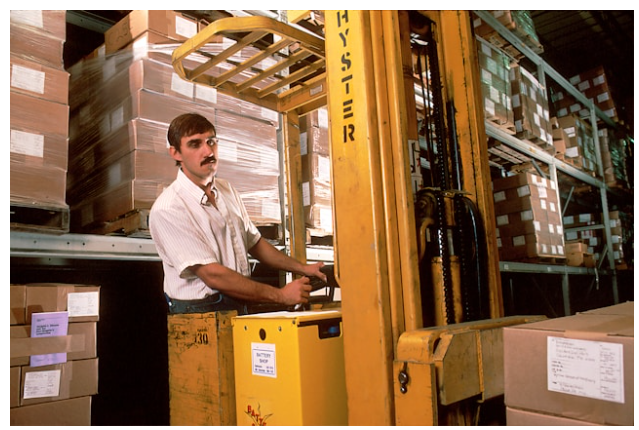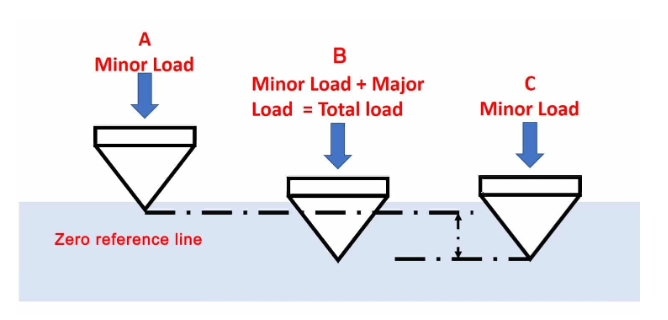Types of Warehouse Storages and Storage Equipment
Warehousing is a critical aspect of logistics and supply chain management, playing a vital role in the storage and distribution of goods. Effective warehouse storage systems are essential for optimizing space, ensuring efficient inventory management, and enhancing overall operational productivity. In this article, we’ll delve into the various types of warehouse storage and the equipment commonly used in them.
Know About Warehouse Storage
Warehousing encompasses the meticulous organization and storage of various goods and products, strategically arranged to streamline their movement, tracking, and eventual distribution. Serving as a pivotal hub within the supply chain, warehouses play a multifaceted role in managing inventory effectively. They act as temporary shelters for goods, offering a secure environment where items await further processing or transportation to their ultimate destinations.
Within these vast storage spaces, goods are carefully categorized, labeled, and positioned for easy retrieval and dispatch. From raw materials to finished products, every item finds its designated place, contributing to the seamless flow of goods through the logistical network. With meticulous attention to detail and robust logistical infrastructure, warehouses ensure that goods are readily available to meet consumer demand while maintaining optimal inventory control and operational efficiency.
Importance of Efficient Warehouse Storage
Efficient warehouse storage is crucial for several reasons:
- Maximizing space utilization
- Facilitating easy access to inventory
- Minimizing damage and loss of goods
- Improving inventory visibility and tracking
- Enhancing overall operational efficiency
Types of Warehouse Storages
Bulk Storage
Bulk storage involves storing large quantities of homogeneous products together, typically in bins, racks, or silos. This type of storage is ideal for items such as grains, liquids, or raw materials that do not require individual handling.
Shelving Storage
Shelving storage utilizes shelves or racks to store smaller items in an organized manner. It is suitable for items that need to be easily accessible and sorted, such as small parts, tools, or retail merchandise.
Pallet Racking
Pallet racking systems are designed to store goods on pallets, allowing for efficient use of vertical space. They come in various configurations, including selective, drive-in, and push-back racking, catering to different storage needs and warehouse layouts.
Mezzanine Storage
Mezzanine storage involves creating additional storage space by installing a raised platform within the warehouse. It is often used to maximize vertical space and accommodate offices, storage areas, or picking zones.
Features and Benefits of Each Type
Each type of warehouse storage offers unique features and benefits:
- Bulk storage provides high storage capacity and is cost-effective for storing large volumes of goods.
- Shelving storage allows for easy access and organization of small items, reducing picking time and improving efficiency.
- Pallet racking systems offer flexibility and scalability, accommodating different pallet sizes and inventory requirements.
- Mezzanine storage optimizes space utilization by creating additional levels within the warehouse, increasing storage capacity without expanding the footprint.
Factors to Consider When Choosing Warehouse Storage Equipment
When selecting warehouse storage equipment, several factors should be taken into account, including:
- Type and characteristics of the goods being stored
- Available warehouse space and layout
- Handling and accessibility requirements
- Budget constraints and scalability needs
- Safety regulations and compliance standards
Safety Considerations in Warehouse Storage
Safety is paramount in warehouse operations to prevent accidents, injuries, and damage to goods. Proper training, equipment maintenance, and adherence to safety protocols are essential to ensure a safe working environment for warehouse staff.
Future Trends in Warehouse Storage Solutions
The landscape of warehouse storage solutions is undergoing a profound transformation driven by rapid technological advancements. Automation, robotics, and data analytics are at the forefront, reshaping traditional warehouse operations into highly efficient and agile systems. Predictive analytics algorithms analyze historical data to forecast demand and optimize inventory levels, minimizing stockouts and overstocking. AI-driven inventory management systems leverage machine learning algorithms to dynamically adjust inventory levels, enhance order fulfillment accuracy, and optimize storage space utilization. Autonomous mobile robots navigate warehouse floors autonomously, performing tasks such as goods retrieval, inventory counting, and order picking with unparalleled precision and speed. These innovations not only streamline operations but also improve inventory accuracy, reduce labor costs, and enhance overall operational flexibility. As warehouses embrace these cutting-edge technologies, they position themselves at the forefront of the logistics industry, ready to meet the evolving demands of modern supply chains.
Conclusion
Effective warehouse storage is fundamental to the success of any supply chain operation. By understanding the different types of warehouse storages and storage equipment available, businesses can optimize their storage capabilities, streamline operations, and meet the evolving demands of the market.


